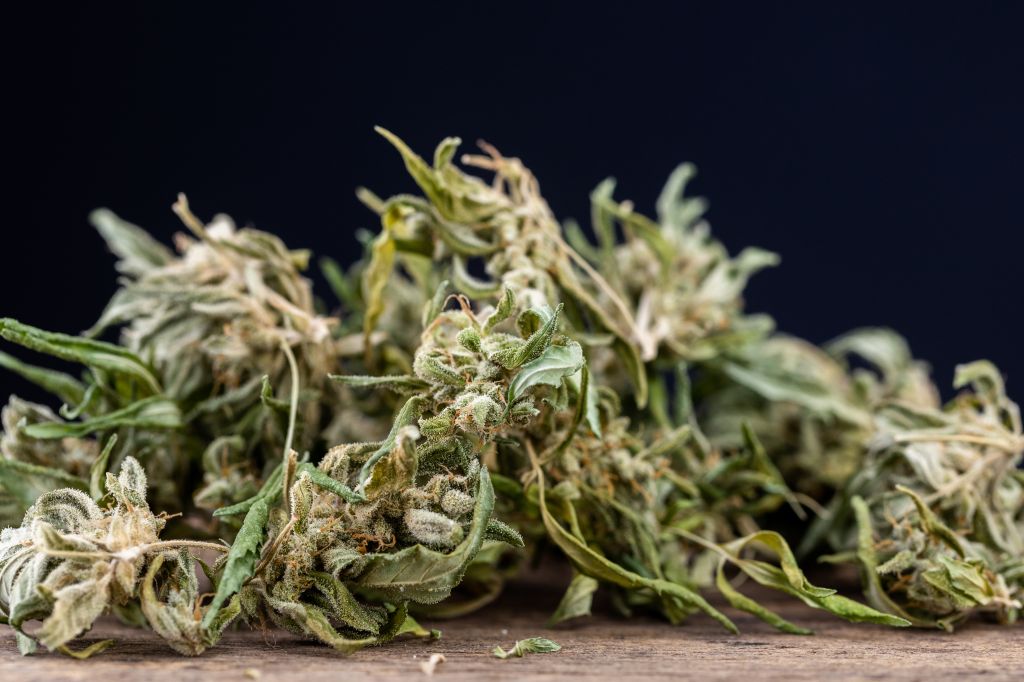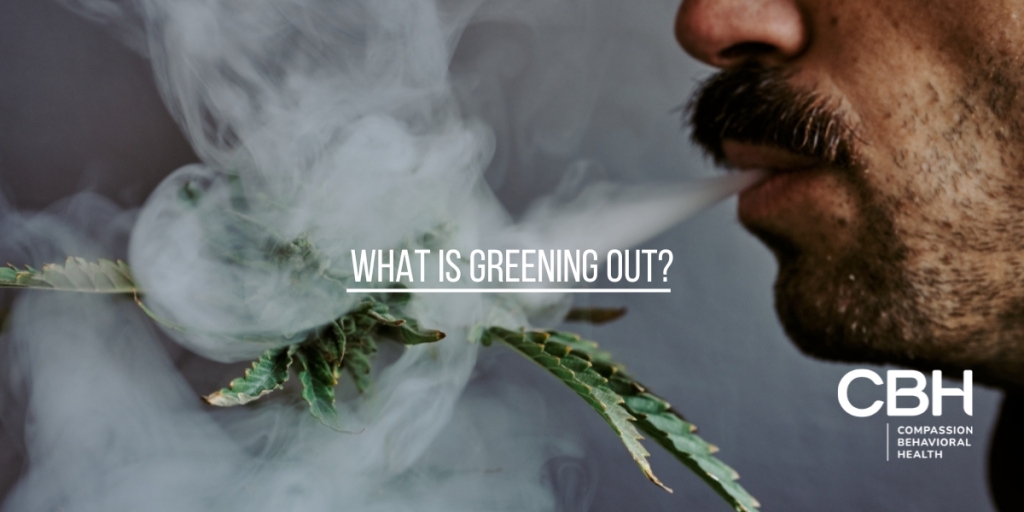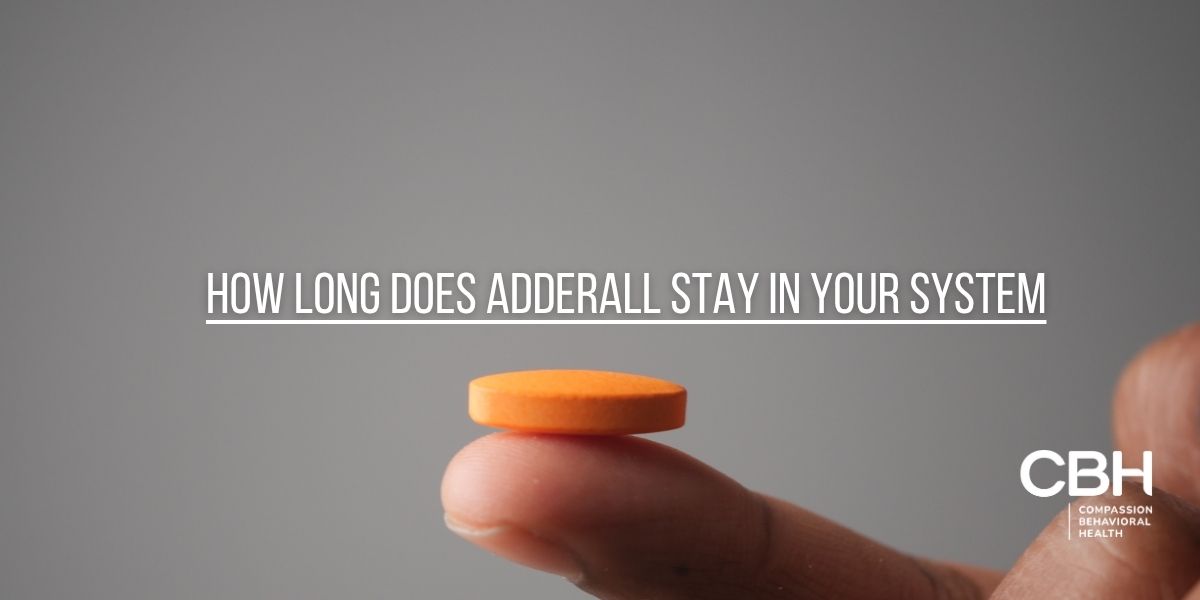Summary: Greening out is a term used to describe the unpleasant experience of consuming too much cannabis. It can lead to various physical and psychological symptoms. In this article, we will delve into the science behind greening out, understanding its causes, recognizing its symptoms, and exploring prevention strategies to help you have a safe and enjoyable cannabis experience.
Understanding Greening Out
What is Greening Out
Greening out refers to the state of discomfort or overconsumption that can occur after consuming cannabis. It is important to note that greening out is not a life-threatening situation, but it can be distressing for individuals who experience it.

Imagine this: you’re sitting on a cozy couch, surrounded by friends, passing around a joint. The room is filled with laughter and a sense of relaxation. But suddenly, you start feeling uneasy. Your heart begins to race, and a wave of nausea washes over you. You may be experiencing what is commonly known as greening out.
This phenomenon, often described as a cannabis-induced “overdose,” can leave you feeling overwhelmed and out of control. It’s like riding a roller coaster that’s gone off the tracks – a wild and unsettling experience. But fear not, for greening out is a temporary state that will eventually subside.
The Role of THC in Greening Out
THC, or tetrahydrocannabinol, is the primary psychoactive compound in cannabis that is responsible for producing the euphoric and mind-altering effects. When consumed in high doses, THC can lead to greening out. The potency of the cannabis strain and the individual’s tolerance levels greatly influence the likelihood of greening out.

Let’s delve deeper into the science behind greening out. THC interacts with the endocannabinoid system in our bodies, specifically the CB1 receptors in the brain. These receptors are responsible for regulating various physiological processes, including mood, memory, and appetite. When THC binds to these receptors, it triggers a cascade of effects, leading to the characteristic “high” associated with cannabis use.
However, when THC is consumed in excessive amounts, it can overwhelm the endocannabinoid system, leading to an imbalance in neurotransmitters. This imbalance can manifest as symptoms such as dizziness, anxiety, paranoia, and even hallucinations. It’s as if your brain is caught in a whirlwind, trying to make sense of the overwhelming flood of sensory information.
It’s important to remember that everyone’s tolerance to THC is different. Factors such as previous cannabis use, body weight, and overall health can influence how an individual responds to THC. What may be a pleasant experience for one person could easily tip another into the realm of greening out.
So, the next time you find yourself in a cannabis-induced state of discomfort, take a deep breath and remind yourself that greening out is a temporary and manageable situation. Understanding the role of THC and being mindful of your consumption can help you navigate the world of cannabis with confidence and ease.
Identifying the Causes of Greening Out
Factors Influencing Greening Out
Several factors can contribute to greening out, such as:
- Inexperienced cannabis use
- Consuming potent strains or concentrates
- Lack of knowledge about dosage and tolerance
- Individual sensitivity to THC
- Combining cannabis with alcohol or other substances
The Role of Dosage and Tolerance
Understanding appropriate dosage and personal tolerance levels is crucial in preventing greening out. It is advisable to consult with a knowledgeable healthcare professional to determine the appropriate dosage for your specific needs.
However, it’s important to note that the effects of cannabis can vary greatly from person to person. Factors such as body weight, metabolism, and overall health can all play a role in how an individual responds to cannabis. This means that what may be a suitable dosage for one person may not be the same for another.
Additionally, the potency of cannabis strains can vary significantly. Some strains may contain higher levels of THC, the psychoactive compound responsible for the “high” sensation, while others may have lower levels. It’s crucial to be aware of the potency of the cannabis you are consuming and adjust your dosage accordingly.

Furthermore, combining cannabis with alcohol or other substances can intensify the effects and increase the likelihood of greening out. Both cannabis and alcohol can have sedative effects on the body, and when used together, they can amplify these effects, leading to feelings of dizziness, nausea, and disorientation.
Education and knowledge about cannabis, including its various strains, dosages, and potential interactions, are key in preventing greening out. Taking the time to research and understand the different aspects of cannabis can help individuals make informed decisions and ensure a more enjoyable and safe experience.
Recognizing the Symptoms of Greening Out
Greening out can be a distressing experience for some individuals. It occurs when the consumption of cannabis leads to an overwhelming and uncomfortable set of symptoms. While the effects of greening out are typically temporary and subside on their own, it is important to be aware of the physical and psychological symptoms that may arise.
Physical Symptoms of Greening Out
When greening out, individuals may experience a range of physical symptoms that can be alarming. These symptoms may include:
- Rapid heartbeat: The heart may start racing, causing a sense of unease.
- Elevated blood pressure: Blood pressure levels may increase, leading to feelings of tension.
- Nausea or vomiting: Some individuals may feel nauseous or even vomit as a result of greening out.
- Dizziness or lightheadedness: A feeling of dizziness or lightheadedness may occur, making it difficult to maintain balance.
- Headache or migraine: Intense headaches or migraines can be a common symptom of greening out.
- Profuse sweating: Excessive sweating may occur, contributing to feelings of discomfort.

Psychological Symptoms of Greening Out
The psychological symptoms of greening out can be equally distressing and may include:
- Intense anxiety or paranoia: Some individuals may experience heightened levels of anxiety or paranoia, leading to a sense of unease.
- Panic attacks: Panic attacks can occur, characterized by sudden and overwhelming feelings of fear or dread.
- Feeling disoriented or confused: The mind may feel foggy, making it difficult to think clearly or maintain focus.
- Persistent feelings of unease or discomfort: A general sense of unease or discomfort may persist throughout the duration of greening out.
- Heightened sensitivity to stimuli: Individuals may become more sensitive to external stimuli, such as light, sound, or touch.
It is important to note that greening out can vary in severity from person to person. While some individuals may experience mild symptoms, others may have a more intense reaction. If you or someone you know is greening out and experiencing distressing symptoms, it is recommended to seek medical attention or consult with a healthcare professional.
Prevention Strategies for Greening Out
Safe Cannabis Consumption Practices
Being mindful of your body’s response to cannabis is crucial for those who choose to use it. It’s important to recognize ways to manage and possibly reduce adverse reactions. Here are some general wellness tips that can also apply in contexts where legal cannabis use is considered:
- Opt for products with lower levels of psychoactive compounds.
- Allow significant intervals between uses to give your body time to recover.
- Practice moderation to avoid overwhelming your system.
- Consider alternative methods to traditional smoking that might offer a more controlled experience.
- Educate yourself on the contents and strength of any product you consider.
The Importance of Hydration and Nutrition

Proper hydration and nutrition can have a significant impact on your cannabis experience. Drink plenty of water before, during, and after consumption to stay hydrated. Having a balanced meal beforehand can also help stabilize your blood sugar levels and mitigate the likelihood of greening out.
What to Do If You’re Experiencing Greening Out
Immediate Steps to Take
If you find yourself greening out, it’s important to take immediate steps to alleviate the discomfort. Find a calm and comfortable environment, where you can feel safe and relaxed. Practice deep breathing exercises and try to focus on grounding techniques to help regain a sense of control.
- Find a quiet and comfortable space
- Practice deep breathing exercises
- Engage in grounding techniques, such as focusing on your senses or repeating a calming phrase
- Sip water slowly to stay hydrated
Long-Term Recovery Strategies
If you’ve experienced greening out, it’s important to give yourself time to recover. Be gentle with yourself and allow your body and mind to rest. Reflect on the experience and consider adjusting your cannabis consumption habits to prevent future occurrences. It may be helpful to seek support from friends, loved ones, or professionals who can provide guidance and assistance.
Preventing greening out is possible with the right knowledge and practices. By understanding the symptoms, recognizing the contributing factors, and implementing prevention techniques, you can create a more enjoyable and manageable cannabis experience. Remember to always prioritize your well-being and approach cannabis consumption with caution and respect.
Substance Abuse Treatment at CBH

For individuals who find their cannabis use leading to frequent episodes of greening out or other substance-related issues, seeking professional help is a crucial step towards recovery. Comprehensive Behavioral Health (CBH) offers a range of substance abuse treatment options tailored to address the unique needs of each person. At CBH, the focus is not just on treating the symptoms but understanding the underlying causes of substance abuse, which can vary from psychological, emotional, to social factors. Call us today to learn more about our substance abuse treatment programs.



